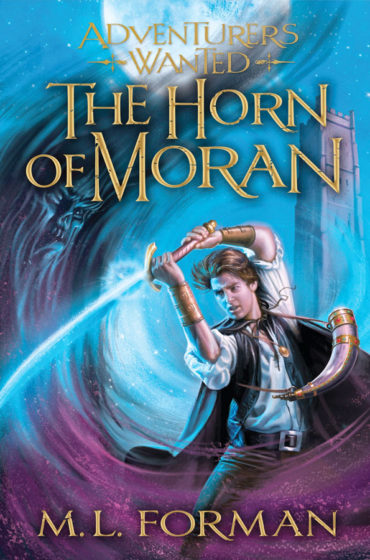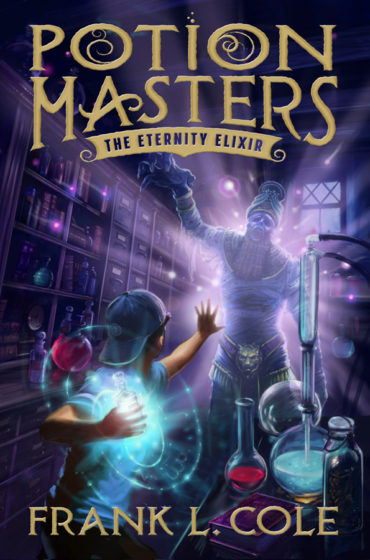-

David Glen Robb
Paul, Big, and Small
by: David Glen RobbA trio of high school outcasts–Paul, Big, and Small–face the complicated world of predators and prey in high school and come to realize that overcoming life’s challenges will take more than perseverance.
Paul Adams is the shortest kid at his high school, and the school bullies relentlessly pick on him. He spends the entire day wishing school would end so he can escape to his favorite sport of rock climbing. This is the only place where he feels in control, competent, and free, despite the inherent fear.
Lily Small is athletic, attractive, and, despite her last name, is actually very tall. Another kid, who looks almost like a grown man, introduces himself with a long Polynesian name, but says everyone calls him “Big,” and he seems to like the nickname! As they get to know each other, Paul, Big, and Small discover they have a lot in common as outsiders in their high school. As the trio’s friendship forms, their unique personalities are no longer those of misfits, but complement each other.
Paul and Lily decide to enter a local competition for climbers, but their plans are abruptly halted by Lily’s diagnosis of leukemia. Paul is terrified of what lies ahead in Lily’s medical treatment, knowing what happened to his mother who died of cancer a few short years before. He retreats back to rabbit mode and can’t even visit her in the hospital. But Lily really wants Paul to go ahead with the competition and advises him to team up with Conor, the student who bullies Paul the most. Reluctantly, Paul agrees to move ahead with Lily’s wish, knowing that Conor is a strong climber and their best chance at winning.
- The drastic consequences of bullying force some hard choices: be a bystander or an upstander?
- Paul endures relentless bullying and perceives his high school as a crushing game between predators and prey. Throughout the book Paul expresses tips he’s learned to avoid the bulllies; he sees himself as a rabbit, agile and quick but very vulnerable and sees some kids as predatory animals.
- Paul’s most relentless bully is Conor who he calls the “jackal”- a wolf-like creature who stalks vulnerable prey. However, Conor lives a complicated life. He’s dealing with a mother who is living with mental illness, and his beleaguered father is her caretaker, often neglecting his son. Conor’s anger and resentment is misdirected into bullying others so they experience just some of the emotional pain he endures daily. Conor thinks a lot about taking his own life and when he does Paul realizes that many people are in deep emotional pain which acts like a relentless predator, just like the bullies in school.
- Because of Paul’s small stature, he can’t rock-climb using the same moves as his taller counterparts which makes climbing routes hard – and sometimes impossible to maneuver. Through the course of the book, Paul learns how to take common rock-climbing techniques and change them to accommodate his small size. This parallels his experience with bullies at his school. His small size makes him vulnerable, but he learns how to rely on his friends, use his personality, and observe each situation to counter a potential bully.
- Throughout the book, as part of their English assignment, the students read and discuss the OF MICE AND MEN. When discussing the part when Lennie kills Curly’s wife, the class is divided on whether or not her death was an accident. Conor insists it was murder. Big takes a stand, looks right at Conor and says, “You’re right. It wasn’t an accident. Lennie killed her. He was scared, and he didn’t understand how strong he was. When you think about it, he’s not so different from a lot of us. We go around wrapped up in our own little world, scared of things we can’t always control, and that fear causes us to do cruel things to other people. We’re a lot like Lennie. We don’t realize the impact we have on those around us. People that are fragile, like Curley’s wife, we hurt them, and we don’t really understand how much.”
- Between 2007 and 2015, suicide rates for boys ages 15 to 19 have increased by 30%. Experts site heavy social media use, bullying, family issues and exposure to violence as risk factors. (Huffington Post, Suicide Rates for Teen Boys and Girls are Climbing, Lindsay Holmes 08/07/2017)
- Author David Robb is a lifelong rock climber who has authored climbing guides and articles.
ISBN: 978-1-62972-602-1
Publisher: Shadow Mountain
Publish Date: 2019
Page Count: 336












